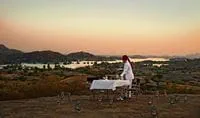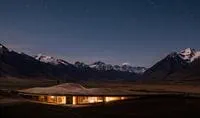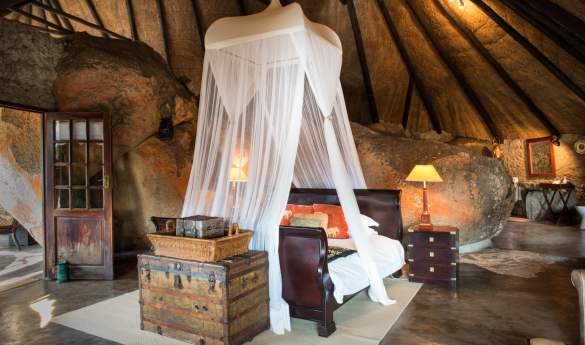Matopos Hills and Bulawayo
The Matopos Hills is an area of granite kopjes and wooded valleys in the south-eastern corner of Zimbabwe, close to the buzzing African city of Bulawayo. The area is home to a huge diversity of flora and fauna and is rich in history and legend.

A fascinating corner of this diverse country, the area surrounding Bulawayo, and the Matopos Hill in particular, offers visitors an experience unlike that elsewhere in Southern Africa. A combination of dramatic scenery, varied activities, rich species diversity and vivid, colorful and engaging history ensure a memorable visit for anyone able to include it in a Zimbabwean itinerary.
The Matopos Hills themselves are located around 35 kilometers to the south-east of Bulawayo, Zimbabwe's second city. Formed over 2 billion years ago, the granite kopjes have a distinct appearance. The huge, smoothly-eroded bolders dotted throughout this landscape were the reason behind the area's name: founder of the Ndebele nation, the brutal warrior king Mzilikazi named the rocks "matobo", meaning "bald heads" in Ndebele.
The Matobo National Park is one of the oldest in the country, it was established in 1926 as Rhodes Matopos National Park, a bequest from Cecil John Rhodes. Rhodes himself is buried alongside other notable white settlers of the 19th century on the summit of Malindidzimu, the 'hill of spirits', one of the smooth kopjes of the area. UNESCO designated the area as a World Heritage Site in 2003, one of four sites in Zimbabwe.
The park is home to rich species diversity: over 200 species of tree have been recorded, as well as close to 200 bird and 100 mammal species. The park is also home to one of the highest concentrations of rock art sites in Southern Africa, approximately 3000 sites are a living monument to the population of San who lived here as long ago as 2,000 years. The large boulders and caves offer natural shelters that have been associated with human occupation as far back as the early Stone Age. The area continues to be a strong focus for the local communities with many areas still used as shrines and considered sacred places. Visitors can explore the area on foot, in game drive vehicles or on horse-back accompanied by excellent, knowledgeable guides. The dams of the area also offer good boating and fishing.
Just 35 minutes from the Matopos is the country's second city: Bulawayo. Bulawayo has long been considered the economic capital of Zimbabwe, however, the city has suffered through hyper-inflation and rising unemployment over the past 15 years. That said, the city has a rich and interesting history and is worth a visit to see the wide avenues, lined with beautiful Jacaranda trees, and to stop for lunch or one night's stay at the iconic Bulawayo Club.
Why Scott Dunn for Matopos Hills and Bulawayo Vacations?
Unique to You

- We listen to your travel goals and craft unique trips that are personalized to you.
- We’re with you every step of your life’s travel journey, from honeymoons to family trips and beyond.
Seamless Service

- Global offices in the UK, US, and Singapore for 24/7 seamless service.
- We offer flexibility if your plans change so you can book with confidence and peace of mind.
Carefully Curated Collection

- We’ve curated an elevated collection of accommodation, experiences, and guides.
- Committed to fostering close global relationships to continue bringing you unique experiences.
Luxury in Every Sense

- We deliver a sense of luxury that matters most to you.
- Awarded Condé Nast Traveler’s Top Travel Specialists in the World 12 years in a row.


